Spatz Gastric Balloon
The Spatz gastric balloon is a new weight loss solution to help you achieve your health and weight loss goals without surgery. This type of intragastric balloon has gained popularity as a non-invasive, reversible, and cost-effective alternative to traditional bariatric surgeries.
In recent years, the world has dramatically shifted from surgical weight loss procedures to non-surgical ones. From Intragastric Balloons, Gastric Balloon, and Endoscopic Gastric Bypass Revision to Endoscopic Gastric Sleeves and Bariatric Surgery, there are plenty of miraculous treatments.
Qualifications and Eligibility
Who is a Candidate for the Spatz Balloon?
The Spatz gastric balloons are for those who have tried to lose weight through other means and are looking for a nonsurgical option. Our bariatric surgeons suggest that it’s perfect for those with a BMI of 30-40 who have obesity-related conditions like type 2 diabetes, hypertension, or sleep apnea. Though not recommended for those having lower BMI. Compared to traditional bariatric surgeries, the Spatz gastric balloon is non-surgical, making it a suitable option for individuals with a BMI of 30-40. Calculate your BMI.
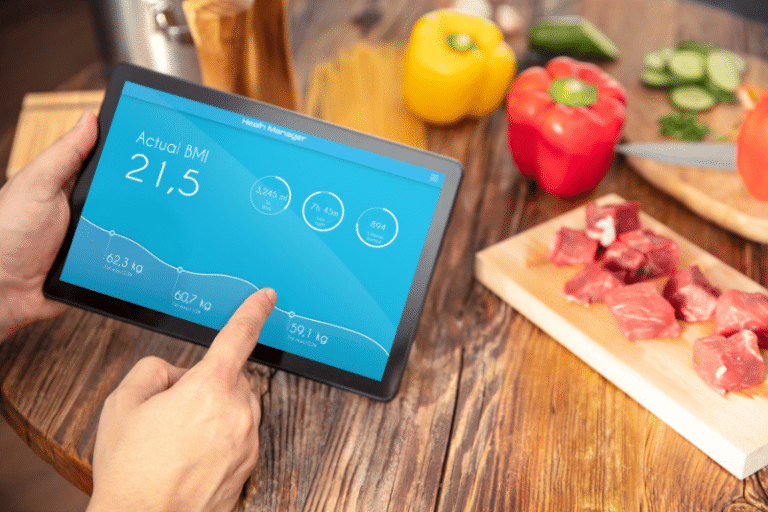
Procedure Details
How is the Spatz Balloon Procedure Performed?
Doctors perform the Spatz balloon procedure endoscopically. Thus, ensuring a minimally invasive procedure without surgery. The steps are:
-
Sedation – Firstly, the patients receive mild sedation (local or general anesthesia). To make them comfortable during the procedure.
-
Endoscopic Placement – Secondly, the doctor inserts the deflated balloon into the stomach. Particularly, through the mouth using an endoscope (a thin tube).
-
Inflation – Then place the balloon and filled with saline solution to the desired volume.
-
Monitoring – Lastly, the procedure takes 20-30 minutes. The medical team will monitor the patients for a short time before discharge.
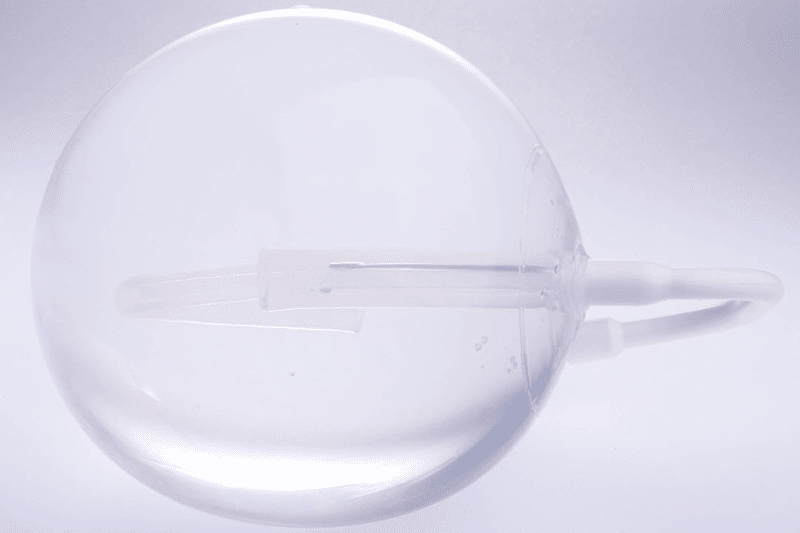
Courtesy: Spatz Medical
How Do Doctors Remove Spatz Gastric Balloons?
Removal is simple and takes less than 30 minutes. Likewise, the doctor removes it endoscopically. Here are the necessary steps:
Sedation – The medical tea will sedate you so you are comfortable.
Deflation – Using an endoscope the doctor will deflate the balloon.
Extraction – Then the doctor removes the deflated balloon through your mouth.
What’s the Difference Between a Spatz Gastric Balloons and an Orbera Gastric Balloons?
The differences will depend on your weight loss goals and medical needs. Here are the main differences between the Spatz and Orbera balloons:
Duration – The Spatz balloon can be in the stomach for up to the Orbera balloon for 12 months, and the Orbera balloon for six months.
Adjustability – The Spatz balloon is adjustable, you can change the volume during the treatment, the Orbera balloon is not adjustable.
Cost – The Spatz balloon may be a slightly more expensive Orbera balloon due to its longer duration and adjustability.
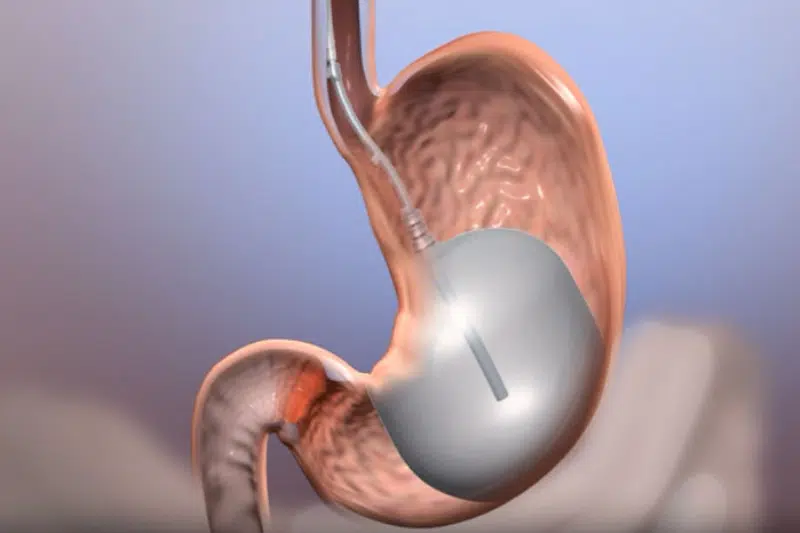
Courtesy: Spatz Medical
How Do Doctors Adjust the Spatz Balloon Volume?
One of the unique features of the Spatz gastric balloon is its adjustability. Doctors can increase or decrease the volume during the treatment. The doctors adjust the ballon endoscopically. Similarly, as the initial placement and removal. Adjusting the volume can make you more comfortable and optimize weight loss results. This adjustability allows for a more personalized weight loss journey, tailored to your needs.
What is the Typical Duration of the Spatz Balloon Procedure?
The Spatz adjustable gastric balloon including placement, adjustment, and removal, typically takes 20-30 minutes each. This quick and minimally invasive process allows patients to resume normal activities shortly after the weight loss procedure itself. The convenience and efficiency of the Spatz adjustable gastric balloon weight loss procedure will make it an attractive option for many patients seeking weight loss solutions.
How Does the Spatz Balloon Compare to Other Weight Loss Procedures Like Gastric Bypass or Sleeve Gastrectomy?
The Spatz gastric balloon is a non-surgical weight loss solution. Whereas gastric bypass and sleeve gastrectomy are weight loss surgery (bariatric surgery) procedures. Key differences include:
Cost – The cost of Spatz balloon surgery is generally less expensive than surgical weight loss procedures.
Recovery Time – Recovery from the Spatz balloon procedure is much quicker compared to non-surgical procedure options.
Invasiveness – The Spatz balloon is minimally invasive, with no incisions, while gastric bypass and sleeve gastrectomy involve significant surgery.
Effectiveness – Surgical procedures typically result in more substantial weight loss. But come with additional procedures, higher risks, and longer recovery periods. The Spatz gastric balloon helps patients by limiting food intake and encouraging better-eating behaviors and lifestyle changes.
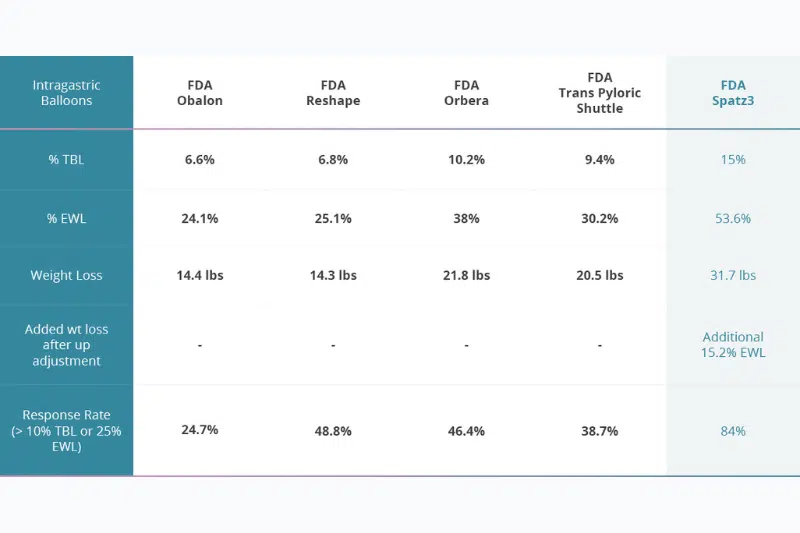
Courtesy: Spatz Medical
Benefits and Potential Risks and Effectiveness
Benefits
-
Non-Surgical – No incisions or scars.
-
Adjustable – Balloons are adjusted for weight loss and comfort.
-
Quick Recovery – Most patients back to normal within a few days.
-
Significant Weight Loss – Patients can lose a lot of weight and see health improvements.
-
Health Improvements – Weight loss can reduce the risk of diabetes, hypertension, and sleep apnea.
Risks
-
Gastrointestinal Discomfort – Nausea, vomiting, or abdominal pain.
-
Acid Reflux – Increased stomach acid can cause heartburn and indigestion.
-
Balloon Deflation – In rare cases but balloon can deflate. Then doctors need to remove it.
-
Intolerance – Some people may not tolerate the balloon. As a result, the surgeon decided to remove it early.
How Long Does the Spatz Balloon Last?
The Spatz balloon lasts up to 12 months, longer than other balloons that last 6 months. More time for weight loss and to develop healthy eating and lifestyle habits. This is a unique feature of the Spatz balloon that leads to better understanding, more serious weight loss goals, and more long-term lifestyle well-term results. Additionally, the extended duration helps individuals develop healthier eating habits by limiting the amount of food they can consume, encouraging better eating behaviors.
What are the Weight Loss Results or Success Rates for the Spatz Balloon?
The Spatz gastric stomach balloon and success rates are impressive. Patients lose an average of 15-20% of their body weight in 6 months. The longer duration of the Spatz stomach gastric balloon placement, (up to 12 months) allows for continued weight loss and habit formation. When combined with a comprehensive weight loss program (diet and exercise) the weight loss results are even better.
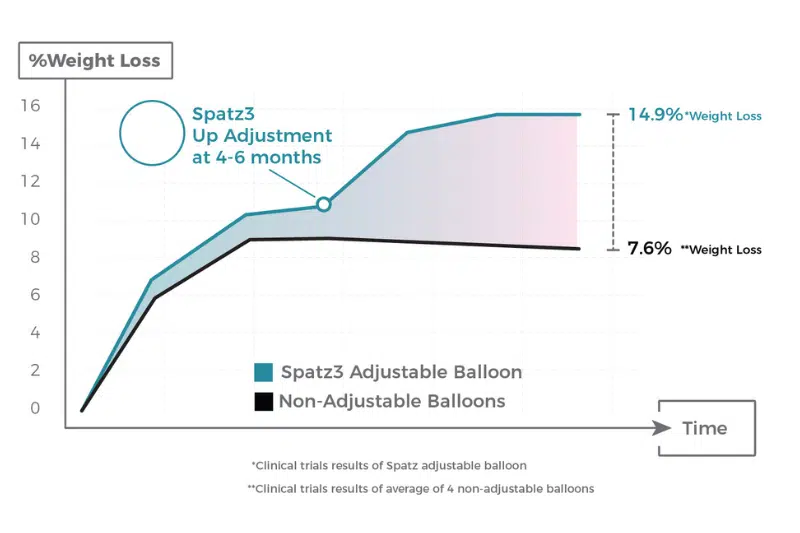
Courtesy: Spatz Medical
Before and After Procedure – Weight Loss Journey
What are the Post-Procedure Acute Follow-Ups?
Acute follow-ups are crucial for a smooth recovery and to prevent potential complications afterward. After the Spatz gastric balloon procedure, you will need:
Initial Monitoring – Spend a few hours in the clinic to make sure everything is fine.
Medication – Healthcare providers will provide medication for nausea, acid reflux, and discomfort.
Hydration and Nutrition – Clear liquids first, then full liquids over the first few days.
Activity – Rest for a few days, then gradually get back to normal activities as you can.

Courtesy: Spatz Medical
What are the Post-Procedure Chronic Follow-Ups?
Long-term follow-up is key to the full success rate of the Spatz gastric balloon procedure:
Physical Activity – Get regular exercise to support your weight loss efforts and overall health.
Behavioral Therapy – Consider behavioral therapy to get healthier eating habits and address any underlying eating habits.
Nutritional Support – Continue to work with a nutritionist to make sure your lifestyle changes include a balanced diet and exercise.
Regular Check-Ups – See your bariatric surgeon regularly every six months to monitor progress and make any necessary adjustments to the balloon.
Balloon Adjustments – If needed, doctors adjust the Spatz balloon to optimize weight loss and comfort.

What is the Diet Plan Before and After Spatz Balloon?
Pre-Procedure Diet
Hydrate – Hydrate before the procedure.
No Big Meals – No big meals the day before the procedure.
Fasting – Follow the surgeon’s instructions for fasting, usually 12 hours before the procedure.
Balanced Meals – Eat balanced meals with lots of fruits, veggies, lean proteins, and whole grains.
Post-Procedure Diet
Clear Liquids – Start with clear liquids for a few days.
Full Liquids – Then full liquids, soups, smoothies, and protein shakes.
Soft Foods – Introduce soft foods, mashed veggies, yogurt, and pureed fruits.
Balanced Diet – Gradually go back to a healthy diet, portion control, and nutrient-dense foods.

Spatz Balloon Cost and Insurance
How Much Does the Spatz Gastric Weight Loss Balloon Cost?
The cost of the Spatz gastric balloon, a type of intragastric balloon, can vary depending on several factors, including the geographic location of the clinic, the surgeon’s expertise, and the package offered. These packages often include pre-procedure consultations, nutritional counseling, follow-up visits, and variations in volume and types of intragastric balloon devices.
On average, the total cost is between $6,000 to $10,000 in the US. This price reflects the initial cost and the full cost of high-quality care and technology involved in this procedure.
Particularly, one country – Mexico has the lowest cost due to medical tourism, but it comes with unforeseen expenses due to several tests and examinations.
Does Insurance Cover Spatz Gastric Balloons?
Insurance doesn’t typically cover the Spatz gastric balloon. But some weight loss procedures may covered if deemed medically necessary. For example, gastric bypass or sleeve gastrectomy procedures have better insurance obesity coverage. Because they are proven to treat morbid obesity and related conditions.
However, consult with the bariatric surgeon, and insurance company about all your various weight loss and bariatric surgery options.

How Much Does the Reshape Gastric Balloon Cost?
The Reshape, a gastric balloon cost, or Obalon Balloon, another gastric balloon option, costs between $6,500 to $9,000. This includes the placement and the gastric balloon cost, removal of the gastric balloon costs nutritional support, and follow-up care.
While the Reshape balloon and Spatz balloon have similar price ranges, the choice between the two should be based on your medical needs and personal preference.
Does Insurance Cover Another Balloon Procedures?
Like the Spatz balloon surgery, insurance coverage for other gastric balloons is limited. Most insurance companies consider these gastric balloon procedures elective and therefore do not cover the cost of them.
However, some insurers may cover you if you meet certain criteria for obesity-related health conditions. Check with your insurance carrier to see what’s covered by insurance policies.
Are There Financing Options for the Spatz3?
Many clinics offer options to make the Spatz gastric balloon more affordable. These options include payment plans, medical credit cards, and third-party financing companies.
We recommend patients inquire about flexible payment options during their initial consultation so they can plan for the financial part of their weight loss surgery journey.
How Much Weight Can You Lose with a Spatz3?
The Spatz gastric balloon can help individuals to lose weight a significant amount of weight. On average, patients can expect to lose weight of between 20% and 30% of their excess body weight over 12 months.
This varies depending on other factors, such as exercise, lifestyle changes, and adherence to post-procedure guidelines. The adjustable nature of the Spatz balloon allows for personalized adjustments. Decreased risks while maximizing weight loss outcomes.
Call us or schedule an appointment today to inquire more about intragastric balloon pricing details or obesity coverage. As well as to discuss your medical history and address your weight loss goals.





